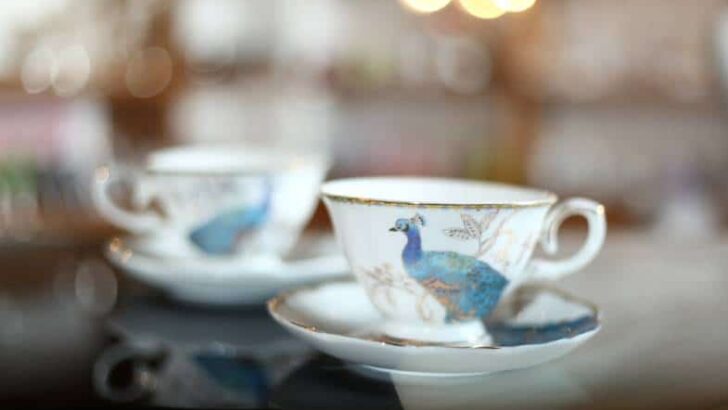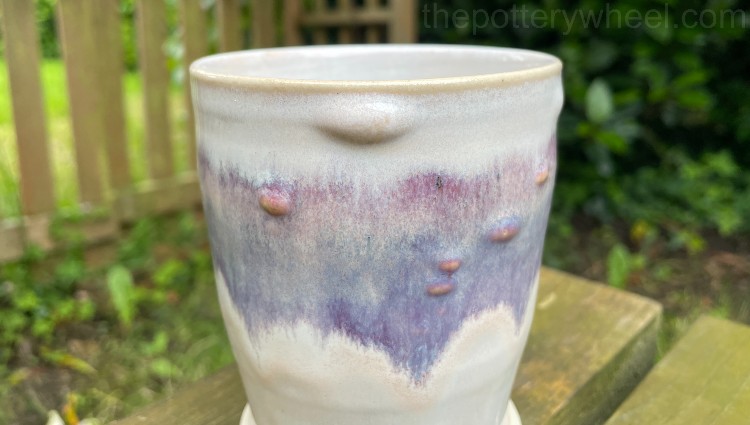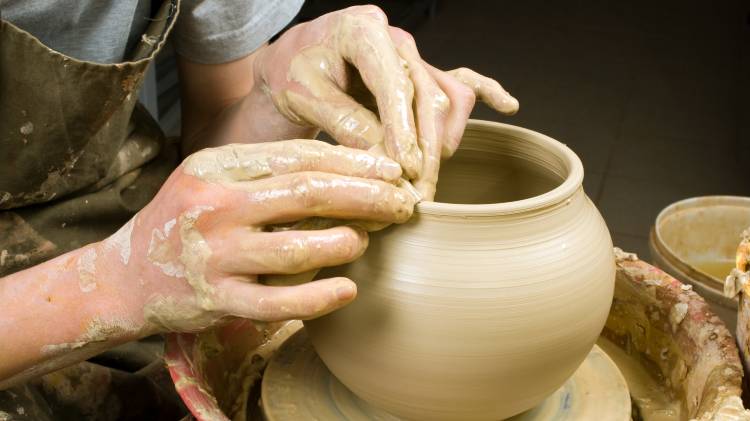Ceramic products were initially invented and widely used in China before spreading globally. You might have come across the name bone china while shopping around for kitchenware. But what is bone china exactly, and why are its products costly?
Bone china is a type of ceramic made from finely ground bone ash mixed with feldspar and kaolin. The phosphate content in the bone ash is supposed to be kept above 30%. It is used to produce high-end ceramic products known for their bright milky white color, translucency, and lightweight but sturdy properties. Bone china is usually registered, and beneath each piece, you will find its trademark and unique pattern.
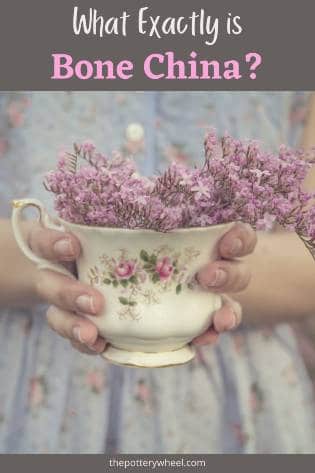
History of Bone China
Bone china was invented in England in the mid-18th century, with Thomas Frye pioneering its development in 1748. He incorporated the use of bone ash in soft-paste porcelain mixtures when making ceramics.
Frye used up to 45% of bone ash in his products which he had christened “fine porcelain.” The addition of bone ash made for more robust, softer, lightweight, and less brittle ceramic products.
His Bow Porcelain Factory, located near the cattle markets and slaughterhouses in East London, provided him with easy access to animal bones. Although the quality was as good as porcelain imported from East Asia, the factory was not a commercial success and soon closed down.
Frye’s concept was later adopted and further enhanced by Josiah Spode from Stoke-on-Trent. Between 1789 and 1793, he formulated “Stoke China,” which comprises 6 parts bone ash, 4 parts china stone, and 3.5 parts china clay.
After his sudden demise in 1797, Josiah II’s son took over the business and renamed “Stoke China” to “bone china.”
Bone china quickly became popular in Britain, with several pottery manufacturers in the Stoke-on-Trent vicinity delving into its production.
Some of the renowned companies are Spode, Royal Worcester, Royal Doulton, Wedgwood, and Royal Albert. The name bone china stuck, and Josiah’s formula to date still remains the basis in the production of bone china.
Production Process
The production is similar to porcelain but requires more expert craftsmanship as bone china has a narrower vitrification range. Cattle bones are preferred due to their lower plasticity and lower iron content. First, the bones are crushed, de-gelatinized, and heated at high temperatures for calcination.
The end product is bone ash which is milled to achieve a much finer texture. The ground ash is then mixed with kaolin, a type of clay, and feldspar in preset proportions and moves on to the next stage, firing.
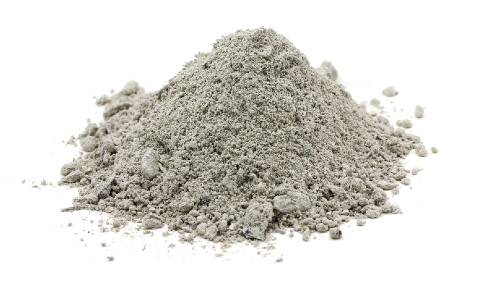
How is Bone China Fired?
Bone china usually needs to go through two stages of firing. The first one is the high-temperature firing, which is also referred to as biscuit/bisque firing.
The bisque firing involves subjecting the ceramics to temperatures of up to 1250°C, which causes the piece of bone china to shrink.
Around 20-30% of the items will break or slump during this process. This firing turns the silica into a glass and achieves the translucency feature of bone china products.
The remaining items move to the second stage, called glaze or glost firing. Lower temperatures are used, which melt the glaze into the china pieces.
This forms a robust protective shell onto the china. Like the first firing, some of the items will crack and break. At the end of this complicated and labor-intensive process is a lightweight, durable, gleaming white ceramic.
Those items that survive the firing stage now move to the decoration phase. The pieces are either individually hand painted or sprayed depending on the piece’s shape or the detail involved.
The bone china can be adorned with either decals, enamels, or precious metals. Usually, gold and platinum are the precious metals applied to the pieces in a process referred to as gilding.
Once the decoration is complete, the china has to undergo one final inspection before packaging.
If a piece is found not to be perfect, it will be destroyed, or the imperfection is fixed and passed through the inspection process again. The flawless bone china is wrapped in foam, boxed, and is ready for shipping.
Features of Bone China
Here are some of the typical features of bone china:
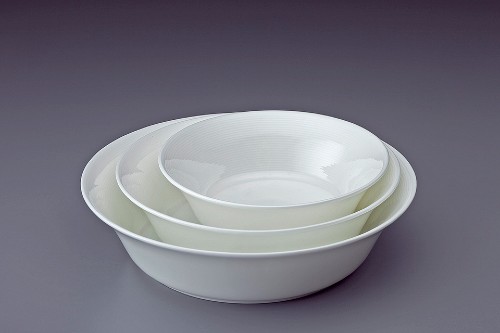
Via Wikimedia Commons
Translucency
This is the most distinctive feature of bone china products. When exposed to a light source, the light passes right through, illuminating the entire product.
One of the most straightforward tests to identify its authenticity is to hold a bone china item to the light and place your hands behind it. If it’s genuinely bone china, you should be able to see your fingers right through it.
Color
The warm, welcoming appearance of a bone china item hinges on its bone ash content. The higher the bone ash concentration used in production, the better and brighter the whiteness level.
High ash content oozes a milky white color, whereas low bone ash content will result in a yellow-like color.
Texture
As a result of glaze firing, bone china has a thinner and smoother texture. When a bone china mug is gently stroke, it gives out a dulcet cluck sound with a long echo. For a porcelain mug, the sound is sharp and the echo short.
Weight
When comparing ceramic products similar in shape and size, one made from bone china would be lighter. This is despite it being thinner, more robust, and having better toughness than other ceramic items.
Double Firing
This is another feature unique to bone china. While porcelain undergoes one-time firing, bone china must be put through two firing treatments at different temperatures. This brings forth the delicate feel and warm hues in its products.
Advantages of Bone China
Durable: Bone china is the strongest porcelain ceramic and would typically last through everyday use for extended periods. They are not as fragile as porcelain surviving occasional knocks and slips without breaking or chipping.
High Quality: It was and is still a symbol of power or high social status, predominantly used by royalty and aristocrats. As you purchase a piece of bone china, you are using the best grade of porcelain available anywhere in the world.
Elegance: Bone china in itself is a pretty piece and adds a luxurious feel to your kitchen and dining spaces. Decorations and delightful patterns can be added to it, upscaling its appearance.
Lightweight: Bone china has a refined, delicate appearance that remarkably weighs less than other ceramic stuff. They may look delicate but are sturdily constructed.
Food Safety: Bone ash mainly contains calcium phosphate, an amino acid that is safe for use in making tableware. Furthermore, the glaze firing has zero lead or mercury content which are toxic elements present in some porcelain products.
Disadvantages of Bone China
Expensive: Acquiring the raw materials for bone china is costly, and the production process has many overheads. This pushes up the price of bone china considerably, making it more of a luxury than a necessity.
Dishwashing detergent restrictions: Due diligence is required in picking detergents as the commonly used dishwashing powders, and tablets tend to corrode bone china.
Gentle detergents and cleaners are recommended to maintain your china’s glaze. Moreover, if you don’t rinse the tableware thoroughly, deposits of detergent will form a film on the china if allowed to dry.
Maintenance of Bone China Products
Here are some of the ways to look after bone china items:
Cleaning
As much as bone china may be considered dishwasher safe, we recommend you stick to hand washing.
When using a dishwasher, settle for a regular or gentle cycle. The pots and pans cycle is too aggressive and will damage your china. Before unloading the pieces from the dishwasher, make sure they have adequately cooled.
For hand washing, line the base of the sink with a rubber mat or a towel. This is to provide a cushiony buffer in case a piece of china slips into the sink. Use warm water with a soft sponge or cloth to clean the dishes.
A mild detergent and gentle cleaners will remove most dirt and grease. Please do not use bleach, abrasive powders, or steel wool because they can cause irreparable damage to the glaze.
Remove coffee stains easily by rubbing baking soda paste on the spot and running water over it. Vinegar does the trick when it comes to hard water spots. Soak the piece in white vinegar for a few minutes; rinse it before wiping it with a soft cloth.
Bone china tends to stain if not properly dried out. After washing, allow the water to drip off before wiping it conspicuously dry with a plain cloth. Do not use newspapers as it may lead to rubbing of the ink on the dishes.
Storage
Whereas bone china has a high mechanical strength and chip resistance, proper care ought to be adhered to in storage. If you opt to use a rack for storage, pick a plastic one over stainless steel to prevent chipping.
Place paper napkins or fabric between the plates to avoid glaze scuffing as most have an abrasive ground base. It would be best not to hang cups from a cup hook as this weakens its handles.
Avoid high stacks as much as possible. Do not stack up more than 7 plates to avoid stress failures on the lower plates and occasionally rearrange the stacks to distribute the weight.
Avoid Thermal Shock
Prior to serving hot food or tea on a bone china item, pre-heat it with warm water. This slowly raises the core temperature of the bone china, preventing it from cracking with a sudden sharp rise in the temperature. Furthermore, avoid exposing bone china to naked flames.
How to Identify Bone China
As earlier stated, bone china products are marked and trademarked, but over time, the inscriptions may fade. To identify bone china, you need to be conversant with its high translucency attribute.
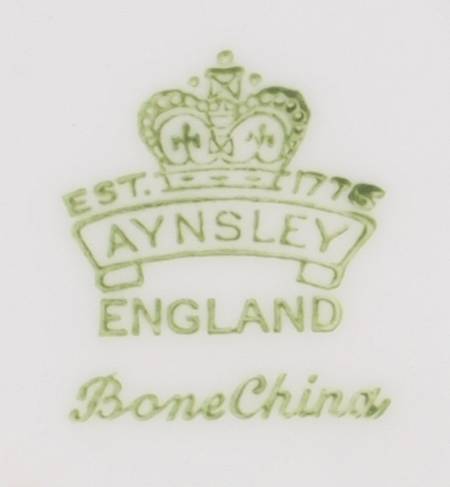
via Wikimedia Commons
Hold the china up to a light, and if you can see your finger or hand behind it, it’s most likely bone china. This is the simplest and the most effective method available, but it does not guarantee 100% authenticity.
Frequently Asked Questions
Here are some questions that come up about bone china regularly:
Is Bone China Microwave Safe?
Typically, bone china products are safe to use in the microwave. However, any tableware decorated using materials such as gold or platinum should not be used in the microwave. The heat may cause them to melt, which may be hazardous to your health and spoil the microwave’s interior.
How is the Quality of Bone China Determined?
The quality of china is determined by the quality of raw materials used in the manufacture. To qualify as bone china, any piece should contain not less than 30% bone ash content.
This concentration can go as high as 45% for high-quality products. The kaolin needs to be low in iron and titanium for whiteness and translucency, respectively.
Why is Bone China So Expensive?
The factors of production are high. Bone china is relatively harder to work with because it has a smaller vitrification range and lower plasticity, while the raw materials are expensive.
Additionally, many pieces get lost in the two firing processes in the quest to achieve the required quality standards. This high cost of production pushes up the price of bone china products for the manufacturers to break even and make some profit.
Is Bone China Dishwasher Safe?
There is no definitive answer to this question as some do pass the test while others don’t. When using a dishwasher, wash the bone china items separate from steel items to prevent chipping and cracking.
Why is Bone China So Popular?
Bone china is strong and has a high chip resistance makes it perfect for tableware and dinnerware. More so, the high whiteness levels, translucency, and can be molded thinner than other variations of porcelain further adds to its appeal.
Any Cultural Issues Associated with Bone China?
Bone china is widely accepted and used by many different cultures across the globe. The only substantial claim against the use of bone china comes from some vegetarian communities. As animal bones are the primary ingredient in making bone china, they discourage the purchase and use of its products.
Final Thoughts
I am certain by now you know what bone china is and how to differentiate it from other ceramic products. Bone china’s meticulous construction and royal quality reflect the high price slapped on its products. Considering the character they bring to the table, among other benefits, the price won’t deter you from owning a set or two of bone china items.

